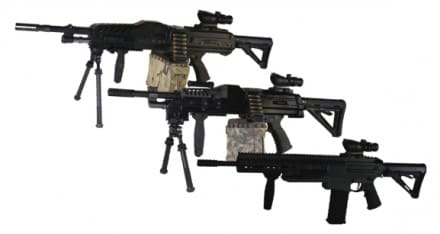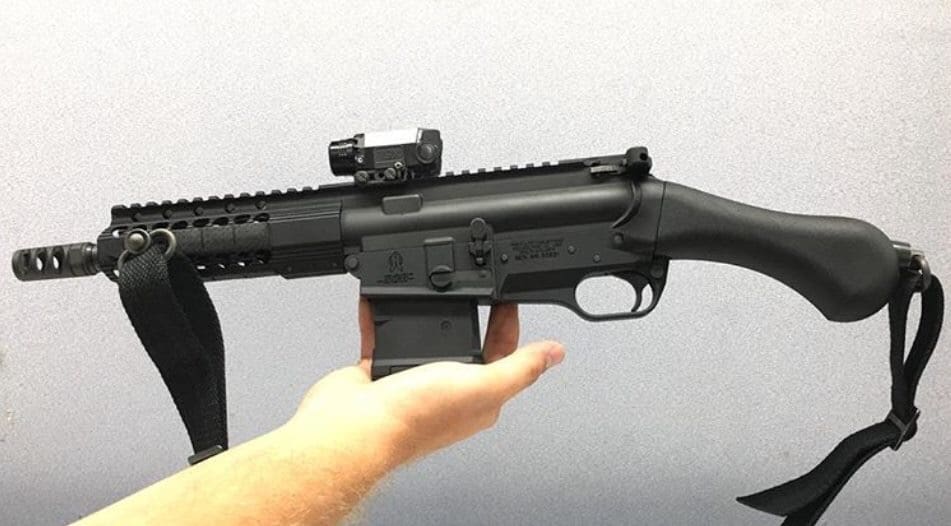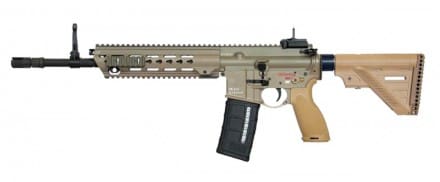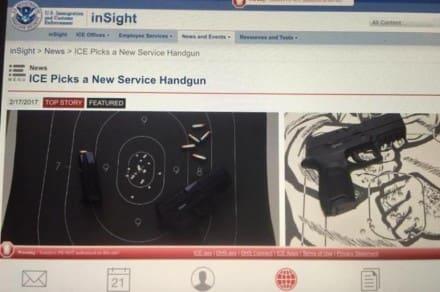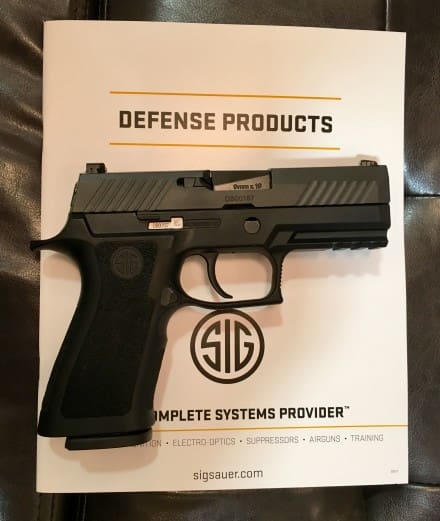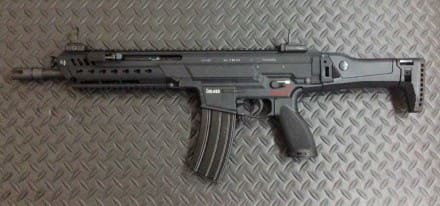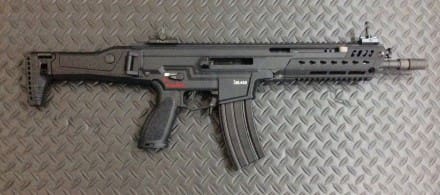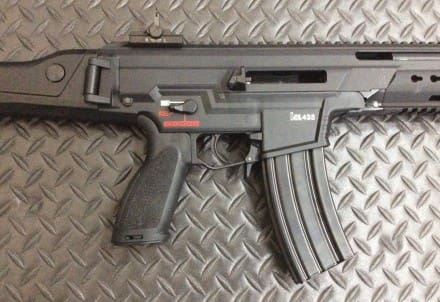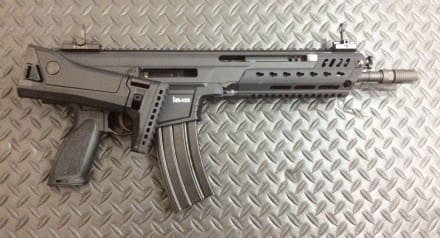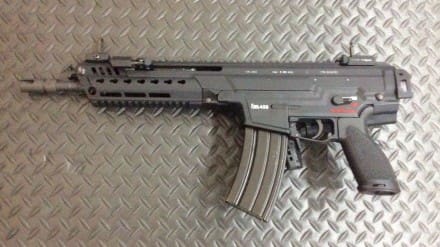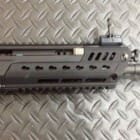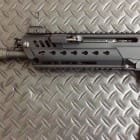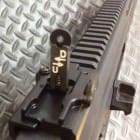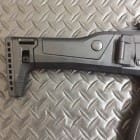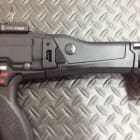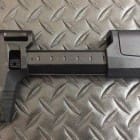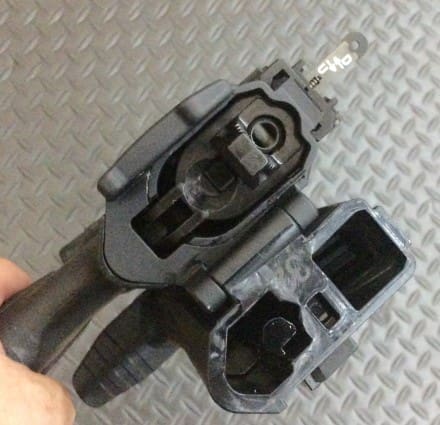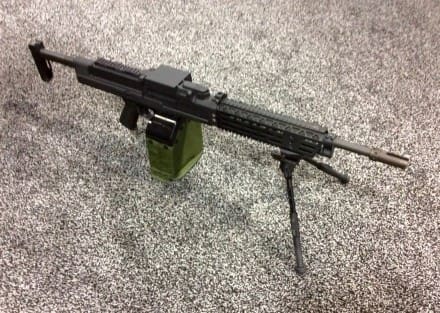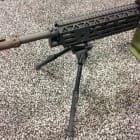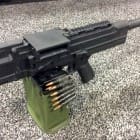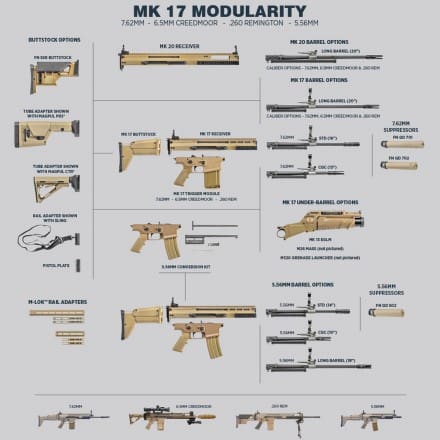During last week’s AUSA Annual Meeting I listened to Chief of Staff, GEN Mark Miley’s speech about the state of the Army. He said a lot of great stuff, but his comment on Small Arms was most interesting to me, based on the short-lived 7.62mm Interim Combat Service Rifle requirement.
“Our next individual and squad combat weapon will come in with a 10X improvement over any existing current system in the world,” GEN Mark Milley, CSA.
Notice that “10x improvement”. That’s beyond leap ahead. That’s phased plasma rifle in the 40 watt range territory.
Since ICSR’s demise, everyone is talking Lightweight Small Arms Technology, a program which has been under development (and government funding) for over a decade and relies on ammunition which finds its roots in the Advanced Combat Rifle program of the last 1980s. The Army’s Next Gen Squad Weapon requirment is heavily informed by LSAT, the latest in a long line of Joint Service Small Arms Program efforts. Going back to the 60s, not one JSSAP’s rifle programs (Special Purpose Individual Weapon, Future Rifle Program, Advanced Combat Rifle, or Objective Individual Combat Weapon) have amounted to anything fieldable.
My takeaway based on GEN Milley’s comment? The Army doesn’t actually want to do anything. The ACR program of the 1980s was only looking to double the lethality of the M16A2, and it failed to achieve even that. Now they want 10x lethality. I suppose it comes down to the question of how to measure lethality, but still.
Just a few years ago, the Army blew a great opportunity to modernize its rifle, when it cancelled concluded the Individual Carbine program. While the focus this time was reliability, the Army claimed the program was stopped because of industry’s failure to offer a great enough advancement over the then current, M4. Everything the industrial base is better now, but it’s not 10x better.
Instead, the Army has kicked the can down the road, way down the road. The Next Gen Squad Weapon program won’t see the light of day until the mid to late 2020s, if ever. That’s because they expect such a drastic improvement that, barring energy weapons, is impossible. However, it also gives the LSAT team lots more years under contract with no expectation of performance.
During AUSA, LSAT contractor Textron was in full court press. They had an invite only firing simulator on the show floor to demonstrate how they had lowered recoil and increased hits. The only problem is that it was a game, with the weapons being operated by gas and the targets engaged by a laser on a screen. Anyone who walked away impressed didn’t realize they had just played an expensive version of Duck Hunter.
Some of you may remember when GEN Milley told Congress earlier this year, he had a body armor threat he needed to defeat. He also told industry he needed a 7.62 rifle to do that. Industry took up that challenge and offered their best. Before the evaluation even began, the effort was cancelled, for a promise of “10x improvement”, delivery date unknown. That threat? It’s still there. So tell us GEN Milley, how are you going to defeat it? With the maximum effective range of a promise from a contractor that’s been working on the same thing for years and years?



